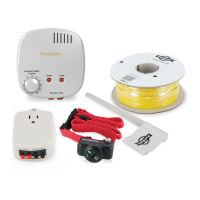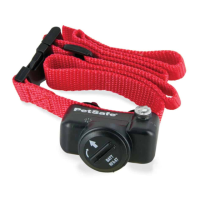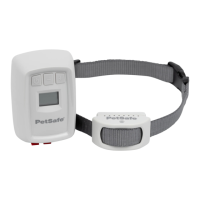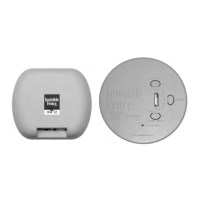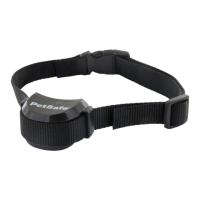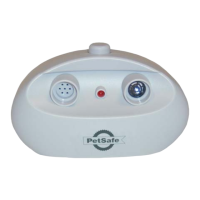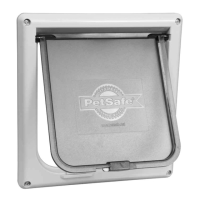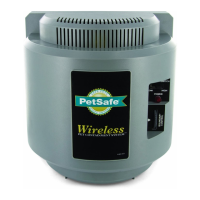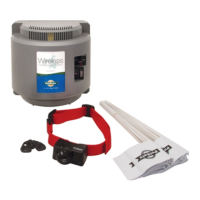What to do if Petsafe Basic In-Ground Fence PIG00-14582 collar is beeping but the pet isn't responding?
- RRobert BradleyAug 14, 2025
If your Petsafe Pet Care Product receiver collar is beeping but your pet isn't responding to the static correction, ensure the contact points touch your pet's skin and test the collar with the test light while walking toward the boundary wire to see if it flashes. Adjust the collar's fit and consider trimming your pet’s fur where the contact points touch the neck or switching to longer contact points. You might also need to increase the static correction level or repeat the training steps. If problems persist, you may need to purchase a stronger receiver collar.
